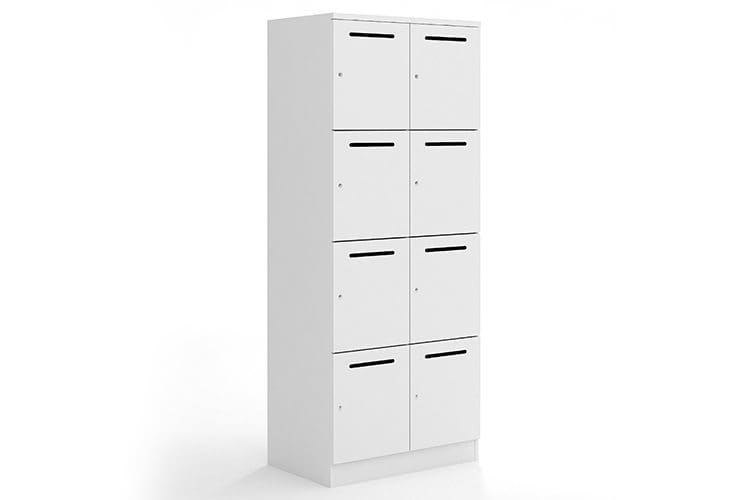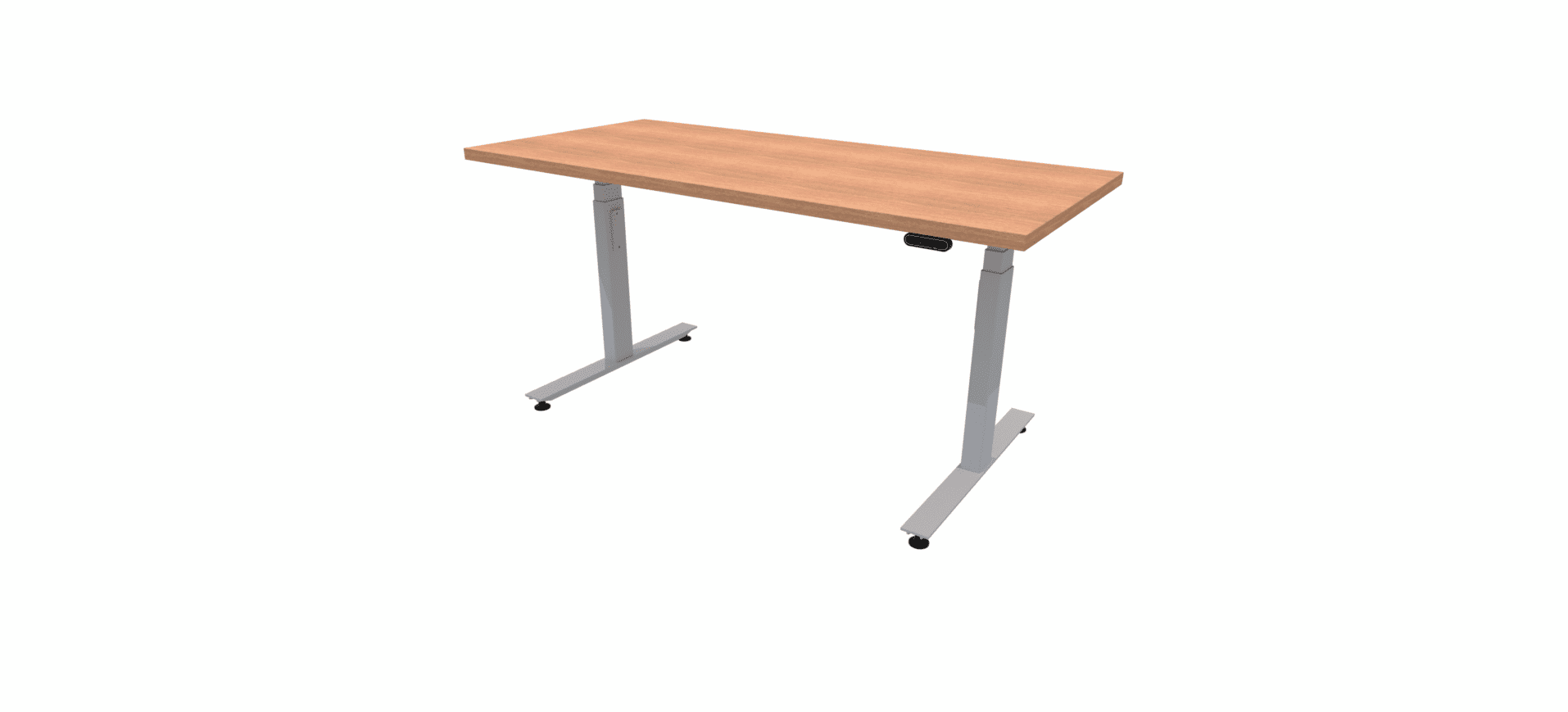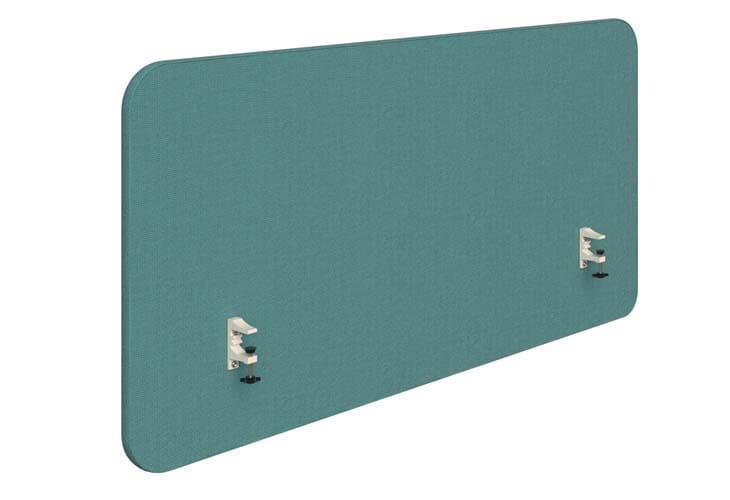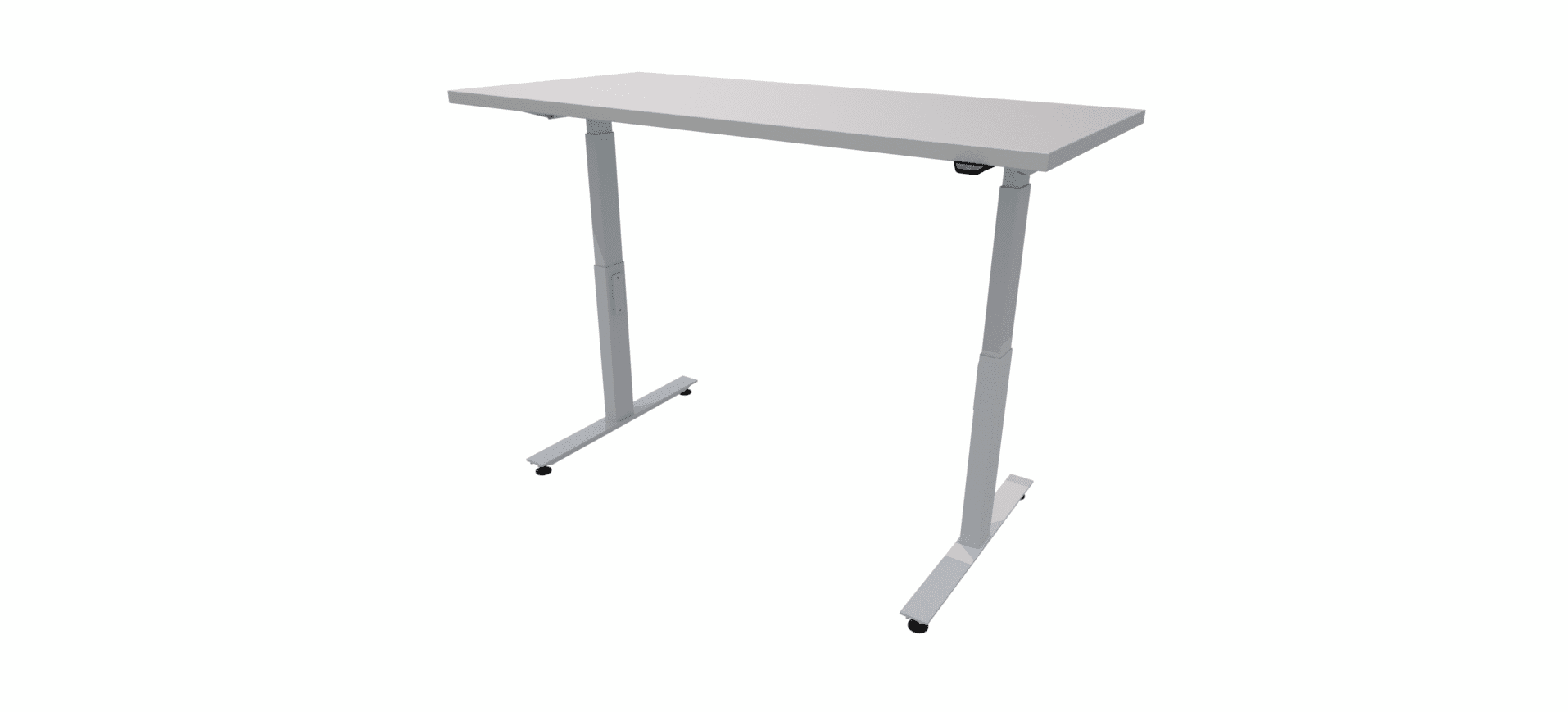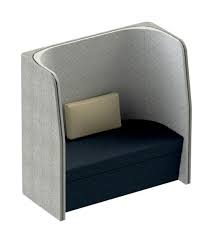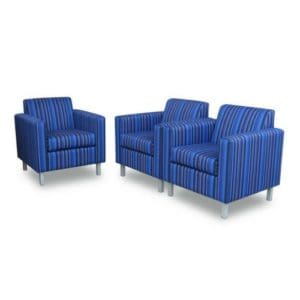Locker Unit with Mail Slots
Mail-slot to each door, stained black internally; Nominally, each locker measures 450mmH x 400mmL; 1 x hinged door per locker (RH hinged); Drilled for adjustable shelves, but no shelves supplied; No handles; Melteca finish (standard options); 18mm construction with 25mm overlay top, 2mm PVC edging; 100mm toe-kick to base, adjustable feet behind; Provides a space for individuals to store their stuff; Mail-box slots enable secure delivery of content; Reduces the risk of theft that can arise when individual items are out in the open; Helps reduce the clutter on the floor space under and around desks; Supports contemporary work-styles, such as hot-desking; Promotes a social environment where team members interact; Reduces the need for storage options elsewhere in the workspace, liberating that space for other purposes; Can act as a wall divider to help define a space without the need for fixedwall; Provides ways to introduce added colour and personality to the workspace
More from Shape
-
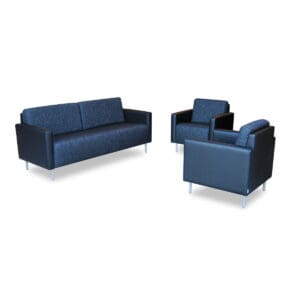
Willow Sofa
Fixed loose-look back cushion sofa
-
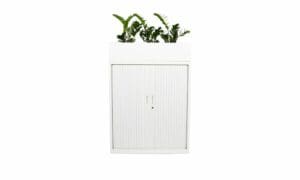
Steel Tambour Planter Box
Planter Box: 900mm and 1200mm

